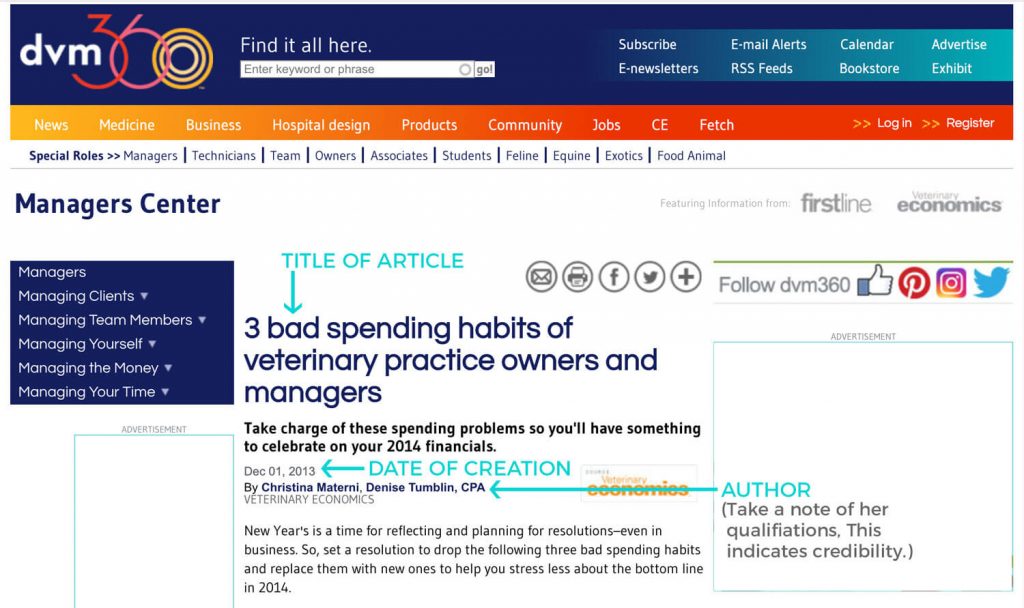Guide to Plagiarism, Research and Referencing
How to Reference:
HARVARD SYSTEM
ACADEMIC HONESTY
What is Plagiarism & Why is it Important to Avoid? What is Collusion & Why is it Important to Avoid? How do I Ethically Use AI in my Study? Can Students Use AI to Assist With Study and Assessments? Why Do Students Plagiarise? Consequences of Plagiarism Strategies for Avoiding PlagiarismResearch
What is Research and Why is it Important? What is an Acceptable Source? What Should You Avoid When Researching?Referencing
What has to be acknowledged? What does not have to be acknowledged? How to reference Referencing Cheat Sheet Other Referencing StylesWe prefer students to use the Harvard referencing style for academic work. This system ensures that sources are properly credited, making your research more credible and professional. If you are already familiar with another style, such as APA, you may use it as long as you are consistent and accurate.
This section will guide you through the Harvard style by explaining:
✅ How to use in-text citations.
✅ How to format a reference list.
✅ Common rules and examples.
What is Harvard Referencing?
Harvard referencing consists of two main components:
- A reference list – A detailed list at the end of your work, showing full details of all sources you cited.
- In-text citations – Brief references within the body of your text to show where you found your information.
In-text citations
In-text citations indicate where a source has been used for a fact, opinion, or idea. They are placed within the sentence, paragraph or table where the information is used. Remember to include a reference every time you present information which is not common knowledge to a lay person (not in the industry).
Rules for In-Text Citations in Harvard Style
- An intext citation is given in brackets, this makes them clear and easy to find. Information within the bracket is separated by commas.
Example: (Phillips & Woolley, 2024) - Use only the author’s surname (no initials) and the year of publication.
Example: (Smith, 2015)
. - If the author’s name is mentioned in the sentence, only include the year in brackets.
Example: Smith (2015) found that heart rate increased during anaesthesia. - If two or more authors have the same surname, include initials to differentiate them.
Example: Jones A (2013) argued that… while Jones F (2010) disagreed.
. - Page numbers are included where possible, for example, when using a textbook, journal article or document.
Example: (Brown, 2018, p. 42) - Company Names are used when an author's name is not available.
Example: (Biosecurity Queensland, 2024) - If there is no publication date given, you can include the abbreviation n.d. in its place.
Example: (Safe Work Australia, n.d.)
. - Do not include URLs in in-text citations for websites. The full URL belongs in the reference list. Instead give the author name or Website name.
Example: (Kogan & Eute, 2025) - If you are using AI ensure to reference as you would any other website. You can view our AI Guidelines here.
Example: (OpenAI, 2025) - Placement of in-text citations inside brackets before the concluding punctuation:
✅ Correct: “…this was proven by Jefferson (1985).”
❌ Incorrect: “…this was proven by Jefferson. (1985)”
Reference list
What is a Reference List?
A reference list is a section given at the end of your academic work that contains a complete list of only the sources you cited in your work.
Key Rules for a Reference List:
✅ Includes only the sources you directly cited in your text.
✅ Placed at the end of your document under the heading “References”.
✅ Entries must follow Harvard formatting rules (author, year, title, etc.).
✅ Arranged alphabetically by the surname of the first author.
✅ List each source only once, even when it has been cited multiple times throughout an assessment.
✅ You do not need to provide page numbers in the end reference list.
✅ If multiple works have the same author, list them chronologically (earliest first).
✅ Each entry must start on a new line.
✅ No bullet points or numbering are required.
Example of a Reference List (Harvard Style):
Jones, P 2015, Veterinary Nutrition: An Evidence-Based Approach, Oxford University Press, Melbourne.
Taylor, R & Green, L 2019, ‘Pain management in rabbits: A review of current practices’, Journal of Animal Care Research, vol. 12, no. 3, pp. 45-60.
RSPCA 2024, Learn Dog Body Language, RSPCA Queensland, Accessed: 9 September 2025. Available at <https://www.rspcaqld.org.au/blog/pet-care/dog-behaviour.>
In-text Citations examples
We use an article from the website ‘dvm360’ as an example for in-text citations. Note that there are two authors; this does not change anything apart from needing to include two authors. The following orders should be used, depending on the situation:
- (Surname, year of publication). Example:
It is essential that, in this digital age, veterinary practices ensure not only that they have up-to-date contact information for their clients, but also that they are aware as to how their clients would prefer to be contacted (Tumblin & Materni, 2013). - Surname (year of publication) Example:
In their article, Tumblin and Materni (2013) describe the need for veterinary practice owners and managers to invest in their staff.

Reference list Example
You should use the following order when including website sources in your end reference list for the Harvard style:
Surname, Initial. & Surname, Initial. Publication date, Title of website page, Name of Sponsor Site if available, Accessed: access date. Available at <URL to the page you viewed>
So, using the website ‘dvm360’ as an example, the reference list entry would appear as follows:
Tumblin, D. & Materni, C. (2013) 3 bad spending habits of veterinary practice owners and managers. DVM360, Accessed: 9 September 2025. Available at <https://www.dvm360.com/view/3-bad-spending-habits-veterinary-practice-owners-and-managers>
For a more comprehensive list of examples for all types of sources please follow this link.
